Optimal Timing for Tennis Court Repairs
Timing plays a crucial role in ensuring effective Tennis Court Repairs. The optimal period for repairs depends on climate conditions, usage patterns, and the type of surface. Proper timing can extend the lifespan of the court and maintain playing quality.

Spring offers ideal conditions with moderate temperatures and low humidity, facilitating effective repairs and curing processes.
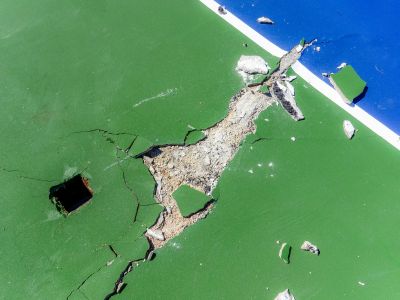
Summer repairs require attention to heat and dryness, which can affect materials like asphalt and paint.
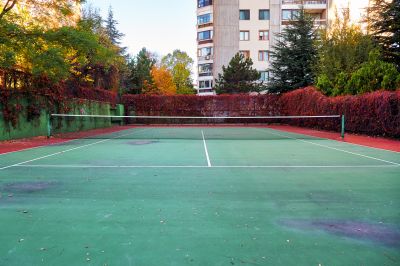
Fall provides cooler weather and less rainfall, making it suitable for surface repairs and sealing.
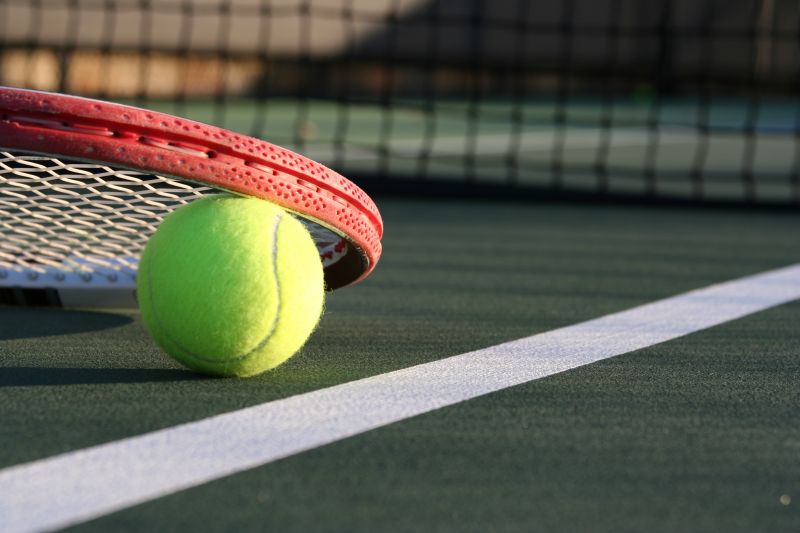
Ways to make Tennis Court Repairs work in tight or awkward layouts.
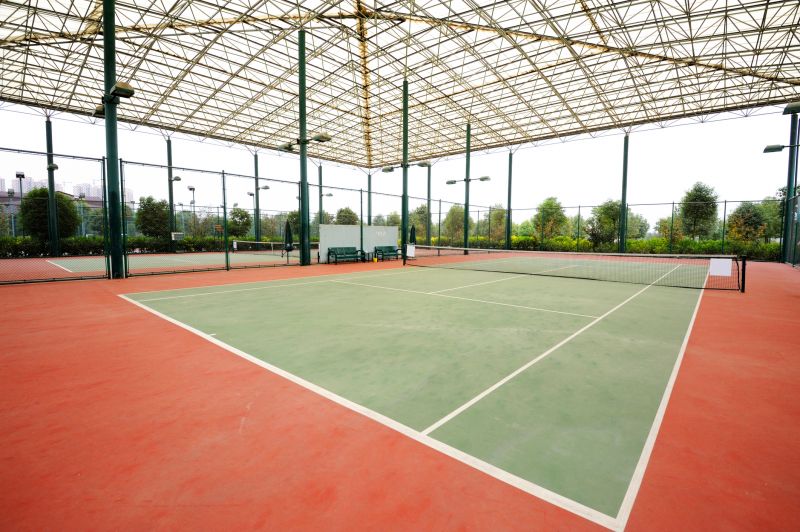
Popular materials for Tennis Court Repairs and why they hold up over time.

Simple add-ons that improve Tennis Court Repairs without blowing the budget.
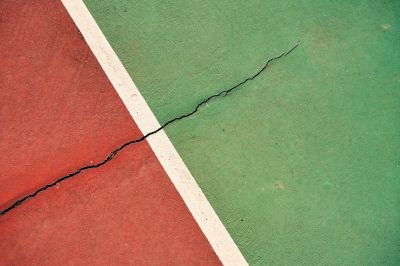
High-end options that actually feel worth it for Tennis Court Repairs.

Finishes and colors that play nicely with Tennis Court Repairs.
Tennis court repairs encompass a variety of maintenance activities aimed at restoring surface integrity, safety, and playability. These include resurfacing, crack filling, line repainting, and surface sealing. Proper repairs prevent further deterioration, reduce injury risks, and ensure consistent ball bounce. The frequency of repairs depends on usage intensity and environmental exposure, with high-traffic courts typically requiring more frequent attention.
Resurfacing restores a smooth, even surface, improving play quality and safety for players.
Filling cracks prevents water infiltration and surface deterioration, extending court life.
Clear, bright lines are essential for game fairness and visibility, requiring periodic repainting.
Sealing protects the surface from weather damage and prolongs the repair intervals.
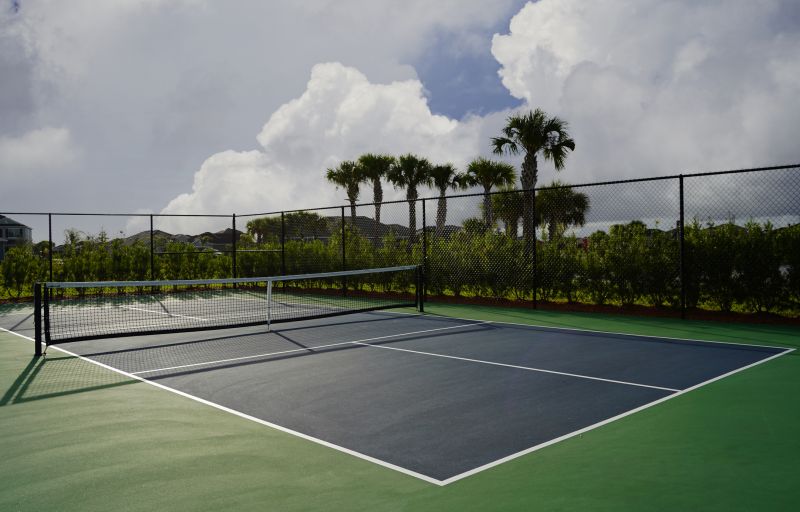
A detailed process involving surface removal, new layer application, and curing.

Methods include epoxy injections and surface patching for long-lasting results.
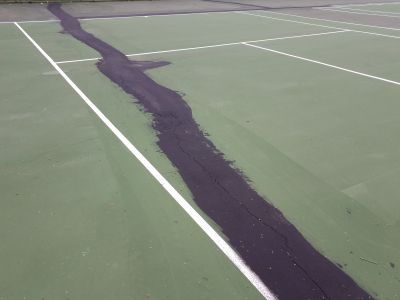
Uses durable, weather-resistant paints to ensure visibility and longevity.
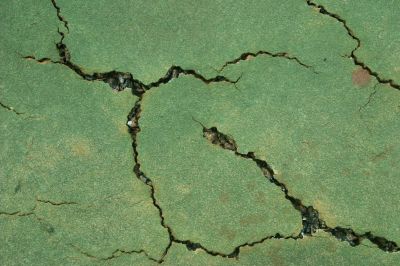
Protects the court from moisture, UV rays, and surface wear.
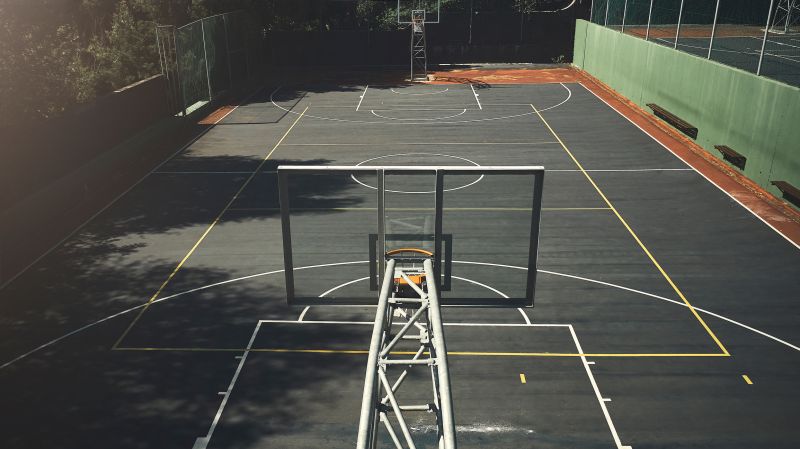
Little measurements that prevent headaches on Tennis Court Repairs day.
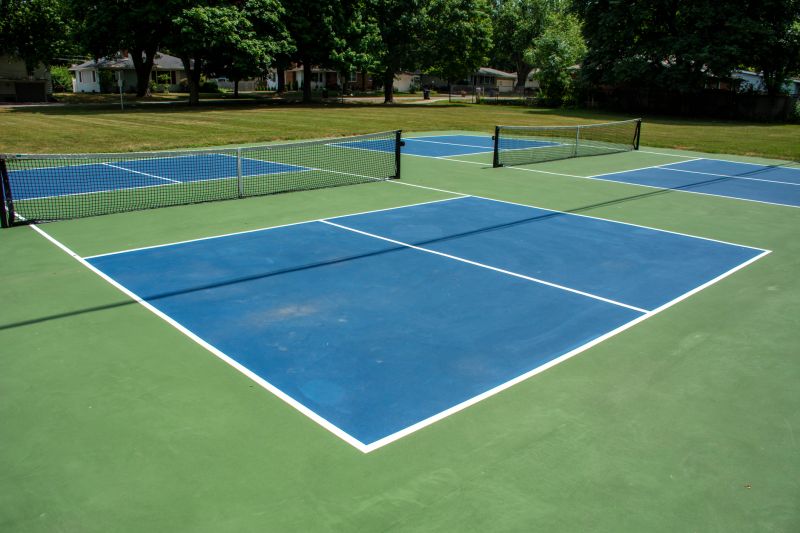
A 60-second routine that keeps Tennis Court Repairs looking new.
| Repair Type | Ideal Timing |
|---|---|
| Resurfacing | Spring or Fall |
| Crack Filling | Spring or Summer |
| Line Repainting | Late Spring or Early Fall |
| Surface Sealing | Summer or Early Fall |
| Routine Maintenance | Year-round depending on climate |
| Deep Repairs | During dry, mild weather |
| Surface Cleaning | Before major repairs |
| Equipment Inspection | Pre and post-season |
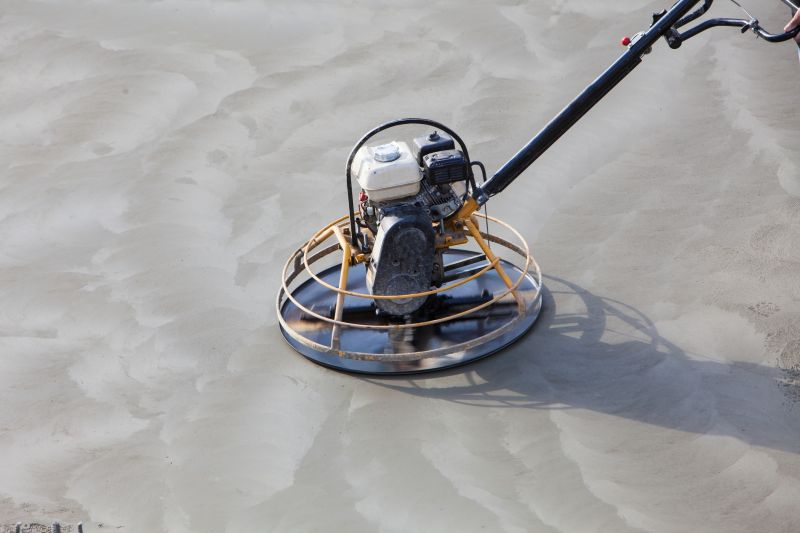
Machines and tools used for surface removal and application of new layers.
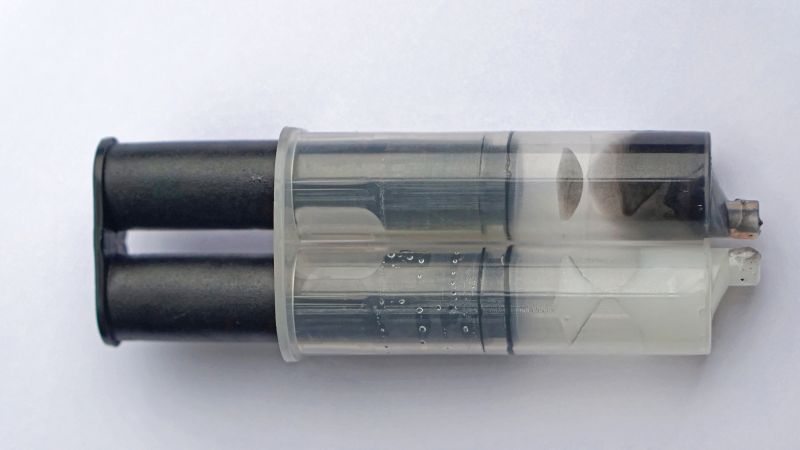
Epoxy injectors, trowels, and patching materials.
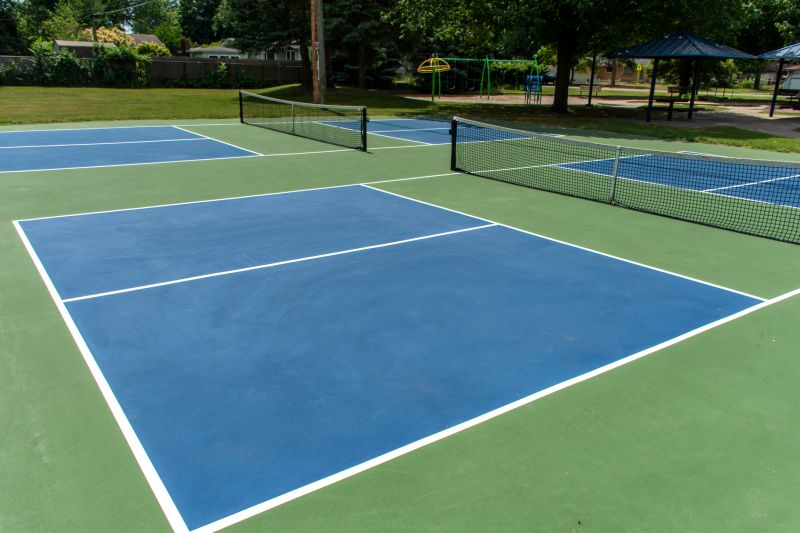
High-quality, weather-resistant paints for line marking.
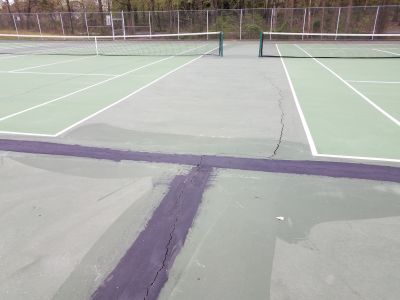
Sealants designed for outdoor court surfaces.

A frequent mistake in Tennis Court Repairs and how to dodge it.
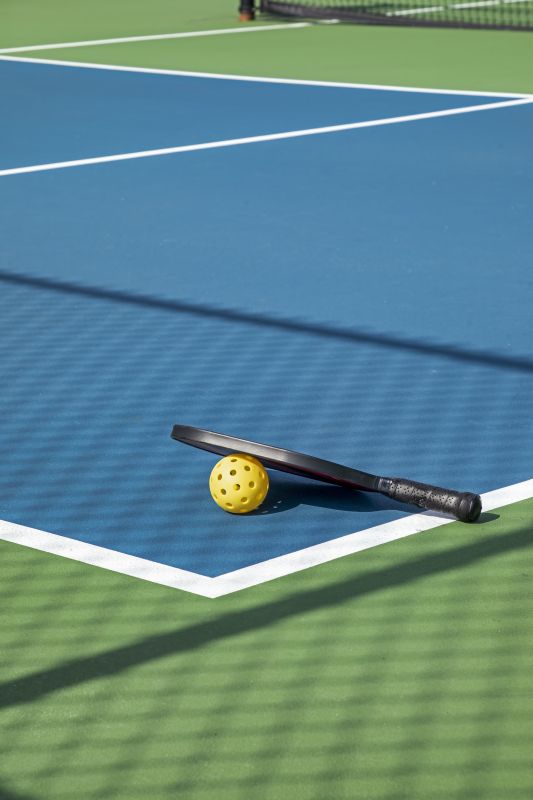
Small tweaks to make Tennis Court Repairs safer and easier to use.
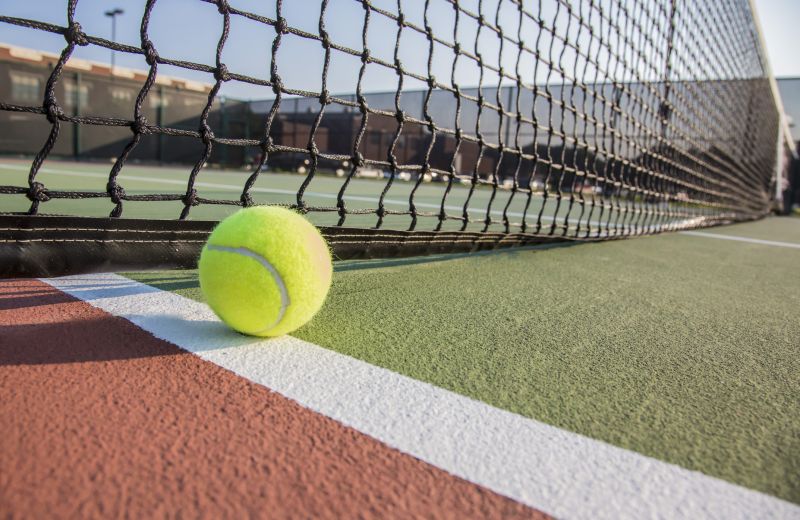
Lower-waste or water-saving choices for Tennis Court Repairs.

The short, realistic tool list for quality Tennis Court Repairs.
Choosing the right time for Tennis Court Repairs ensures optimal results and longevity. Proper planning around weather conditions minimizes delays and enhances the quality of repairs. Regular maintenance schedules, aligned with seasonal changes, help in preventing costly major repairs and keep courts in top condition for players.
Fill out the contact form to inquire about repair services and schedule assessments.



